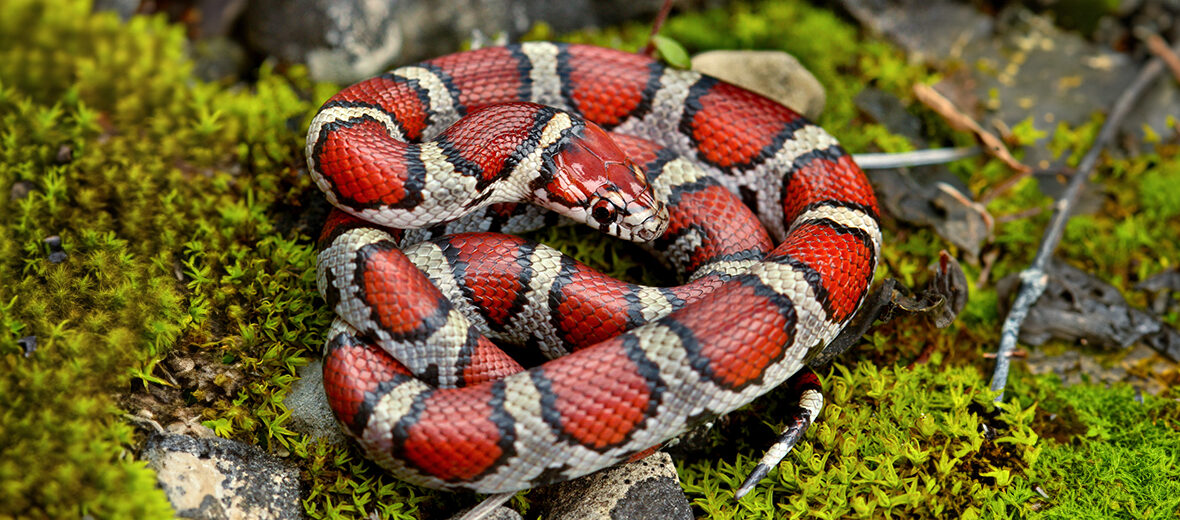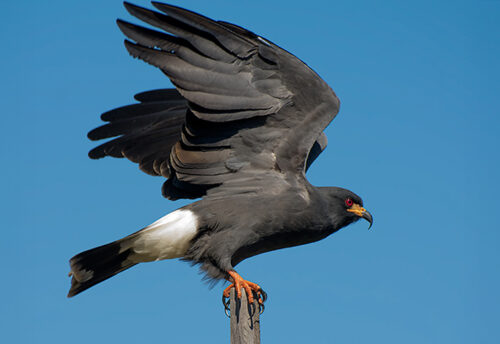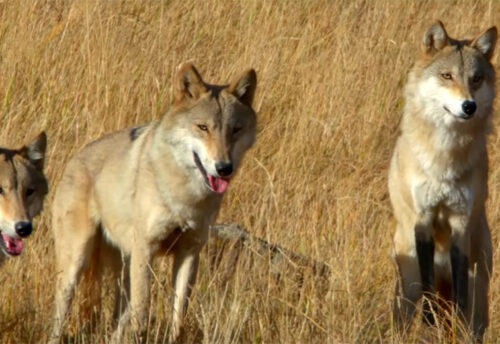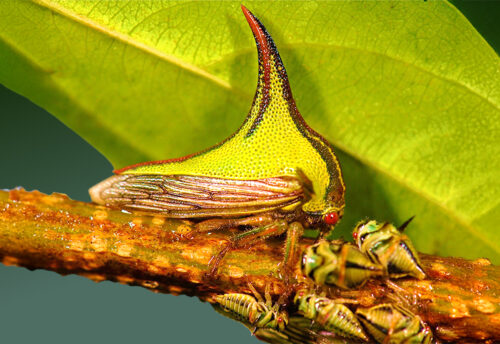
The eastern milk snake. aka eastern milksnake among other names, can be found throughout central and eastern United States and into eastern Canada. These snakes face the threats of habitat loss at the hands of residential and commercial developments, as well as from the agricultural industry; hunting; trapping; and invasive species, that can result in predation. However, they are abundant and highly adaptable throughout their range and thus listed as Least Concern by the IUCN.
First the Stats…
Scientific name: Lampropeltis triangulum
Weight: Up to 7.9 ounces
Length: Up to 52 inches
Lifespan: Up to 22 years
Now on to the Facts!
1.) There were an estimated 1,000,000 wild individuals as of 2019.
2.) Like the mountain lion, these snakes have numerous common names. Some names include: adder, blatschich schlange, chain snake, checkered adder, checkered snake, chequered adder, chequered snake, chicken snake, common milk snake, cow-sucker, highland adder, horn snake, house snake, king snake, leopard-spotted snake, milk sucker, pilot, red snake, sachem snake, sand-king, scarlet milk snake, spotted adder, and thunder-and-lightning snake.
3.) The eastern milk snake has evolved to display Batesian mimicry (a harmless species mimicking a dangerous species), in that they mimic the deadly eastern coral snake’s patterning.
4.) Eastern milk snakes were made the official snake of Illinois in 2023.
5.) Even though they tend to dwell near humans, their preferred habitats are forest edges and open land. When in fragmented habitats they prefer lots of thick vegetation with numerous cover objects.
But wait, there’s more on the eastern milk snake!
6.) These snakes are oviparous (lay eggs).
7.) Females lay a clutch of up to 12 eggs that hatch in up to 2.5 months.
Did you know…?
Even though they mimic the deadly coral snake, these snakes are a nonvenomous constrictor that uses constriction or squeezing of their prey till it expires. Then they swallow it whole.
8.) While not much is known of their mating habits, it is assumed that they mate while still in hibernacula (a shelter utilized during brumation – hibernation for reptiles).
9.) These milk snakes are nocturnal (active at night).
10.) Mice, juvenile rats, moles, shrews, other snakes, birds, bird eggs, slugs, and other invertebrates are all on the menu.
But wait, there’s still more on the eastern milk snake!
11.) Coyotes, hawks, opossums, owls, raccoons, and skunks all prey on eastern milk snakes.
12.) In another case of mimicry, eastern coral snakes will also rattle their tail among leaf litter to appear as though they are a rattlesnake.
13.) These snakes are popular in the pet trade and are often captive bred. They typically make good pets as they are docile and not apt to bite unless feeling unduly restrained.
Now a Short Eastern Milk Snake Video!
Be sure to share & comment below! Also, check out the Critter Science YouTube channel. Videos added regularly!
Want to suggest a critter for me to write about? Let me know here.
Some source material acquired from: Wikipedia & IUCN
Photo credit: Peter Paplanus




